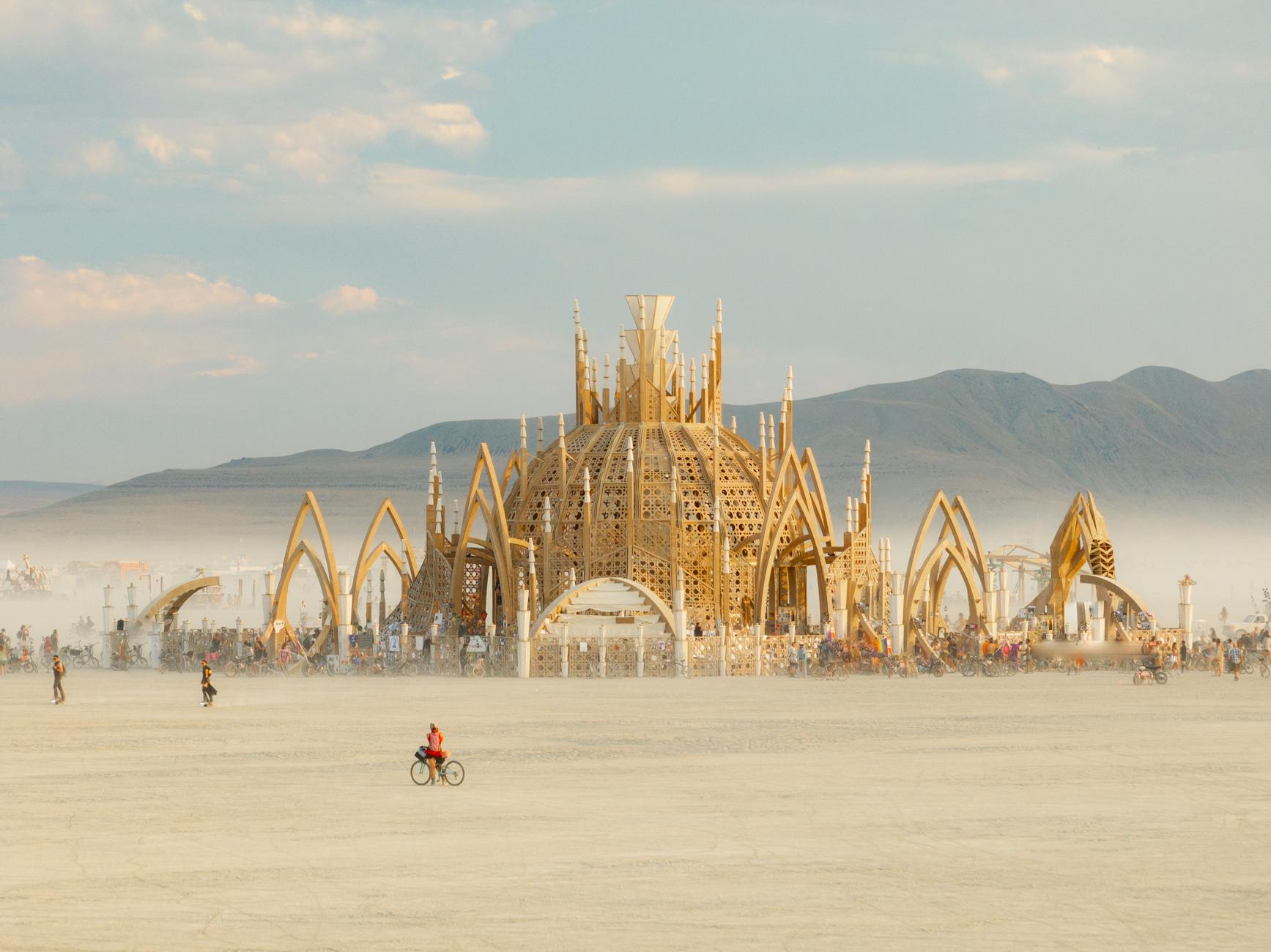There’s something deeply magnetic about places that feel like the edge of everything you know. These remote corners of our planet, often called the “ends of the world,” offer more than just stunning landscapes—they provide a profound sense of connection to something greater than ourselves. Whether you’re standing on a windswept cliff in Patagonia or watching the aurora dance across the Arctic sky, these destinations challenge your perspective and remind you why you fell in love with travel in the first place.
Why the 7 End of the World Destinations Captivate Travelers
The allure of these remote places goes beyond their geographical isolation. They represent the ultimate escape from the digital noise and urban chaos that defines modern life. When you’re standing at the southernmost tip of South America or watching icebergs drift past in Antarctica, you’re not just seeing a beautiful view—you’re experiencing a fundamental shift in how you perceive your place in the world.
These destinations force you to slow down, disconnect from the constant stream of notifications, and reconnect with the raw beauty of our planet. They remind you that despite our technological advances, nature still holds the power to humble and inspire us. The journey to reach these places often becomes as transformative as the destination itself.
1. Ushuaia, Argentina: The Gateway to the End of the World
Nestled between the Beagle Channel and the Martial Mountains, Ushuaia proudly claims the title of “the southernmost city in the world.” This charming Argentine city serves as your launching point for adventures into Tierra del Fuego National Park and cruises to Antarctica.
What Makes It Special: The dramatic contrast between snow-capped peaks and the subantarctic ocean creates an otherworldly atmosphere. You’ll find yourself constantly reaching for your camera, trying to capture the interplay of light and shadow across the Fuegian landscape.
Travel Tips:
- Visit between October and March for the best weather and longest daylight hours
- Book accommodations well in advance, especially if you’re planning an Antarctica cruise
- Pack layers—weather can change dramatically within hours
- Don’t miss the End of the World Train (Tren del Fin del Mundo) for a scenic journey through the national park
- Try the local king crab and Fuegian lamb at waterfront restaurants
Getting There: Fly into Ushuaia Airport (USH) from Buenos Aires. The flight takes about 3.5 hours and offers stunning views of Patagonia’s vast landscapes on clear days.
2. Svalbard, Norway: Life at the Top of the World
Svalbard archipelago sits between mainland Norway and the North Pole, where polar bears outnumber humans and the sun doesn’t set for four months of the year. This Arctic frontier offers one of the most unique travel experiences on Earth.
What Makes It Special: The ethereal beauty of the Arctic landscape combined with the midnight sun phenomenon creates an almost surreal environment. You’ll witness nature at its most extreme, from massive glaciers to the dancing colors of the northern lights.
Travel Tips:
- Visit in summer (June-August) for hiking and midnight sun, or winter (November-February) for northern lights
- All visitors must stay within Longyearbyen’s boundaries without a guide due to polar bear safety
- Remove your shoes when entering most buildings—it’s a local tradition
- Book boat tours to see glaciers and Arctic wildlife up close
- Bring high-quality cold weather gear or rent it locally
Getting There: Fly to Longyearbyen Airport (LYR) via Oslo or Tromsø. Remember, you cannot legally stay in Svalbard without onward travel arrangements.
3. Easter Island (Rapa Nui), Chile: Mystery in the Pacific
Located 2,300 miles from the nearest populated land, Easter Island feels truly isolated in the vastness of the Pacific Ocean. The island’s mysterious moai statues and Polynesian culture create an atmosphere unlike anywhere else on Earth.
What Makes It Special: The combination of archaeological wonder and oceanic isolation creates a sense of stepping back in time. You’ll find yourself contemplating the incredible human achievement of reaching and settling this remote island centuries ago.
Travel Tips:
- Plan for at least 4-5 days to fully explore the island without rushing
- Rent a car or bicycle to explore at your own pace
- Visit Rano Raraku quarry at sunrise for the most magical moai photography
- Respect the archaeological sites—don’t touch or climb on the statues
- Learn some basic Rapanui phrases to connect with locals
Getting There: Fly from Santiago, Chile (5.5 hours) or Tahiti (5 hours). LATAM Airlines operates most flights, and booking well in advance is essential.
4. Tasmania’s Southwest Wilderness, Australia: The Edge of the World Down Under
Tasmania’s southwest corner remains one of the most remote and pristine wilderness areas in the world. This UNESCO World Heritage region offers rugged mountains, ancient rainforests, and a sense of being at the edge of civilization.
What Makes It Special: The raw, untamed beauty of this region provides a stark contrast to Australia’s more famous destinations. You’ll experience some of the purest wilderness left on Earth, where human footprints are rare and nature reigns supreme.
Travel Tips:
- Base yourself in Hobart and take day trips or multi-day tours
- Book guided tours for the best access to remote areas
- Prepare for rapidly changing weather conditions
- Bring waterproof gear and sturdy hiking boots
- Consider a scenic flight for aerial views of the wilderness
Getting There: Fly to Hobart (HBA) from mainland Australia. From there, join organized tours or rent a vehicle for self-drive adventures.
5. Faroe Islands: Nordic Isolation at Its Finest
These 18 volcanic islands scattered between Iceland and Norway offer dramatic cliffs, grass-roof houses, and a sense of Nordic isolation that’s hard to find anywhere else. The Faroe Islands feel like a secret that only a few travelers have discovered.
What Makes It Special: The combination of dramatic landscapes and well-preserved Nordic culture creates an authentic travel experience. You’ll find yourself surrounded by some of the most photogenic scenery in the world, from cascading waterfalls to bird-filled cliffs.
Travel Tips:
- Visit during summer (June-August) for the best weather and access to remote islands
- Rent a car to explore multiple islands via underwater tunnels and ferries
- Book helicopter tours for breathtaking aerial views
- Try traditional Faroese cuisine, including fermented fish and lamb
- Pack waterproof clothing—rain is common year-round
Getting There: Fly to Vágar Airport (FAE) from Copenhagen, Edinburgh, or Reykjavik. Atlantic Airways operates most international flights.
6. Stewart Island, New Zealand: The Third Island
New Zealand’s third-largest island sits at the bottom of the South Island, offering pristine forests, abundant wildlife, and a sense of being at the edge of the world. With only 400 permanent residents, Stewart Island provides an intimate encounter with New Zealand’s natural beauty.
What Makes It Special: The island’s untouched forests and abundant bird life create a living museum of New Zealand’s natural heritage. You’ll experience the rare thrill of hearing kiwis in the wild and walking through forests that have remained unchanged for centuries.
Travel Tips:
- Stay in Oban, the island’s only settlement, for accommodation and supplies
- Book guided kiwi spotting tours for the best chance of seeing these elusive birds
- Bring insect repellent—sandflies can be troublesome in summer
- Plan for 3-4 days minimum to truly appreciate the island’s pace
- Take advantage of the excellent hiking trails, especially the Rakiura Track
Getting There: Take a ferry from Bluff (1 hour) or fly from Invercargill (20 minutes). Book in advance, especially during peak season.
7. Kamchatka Peninsula, Russia: The Land of Fire and Ice
This remote Russian peninsula offers active volcanoes, pristine wilderness, and some of the best brown bear viewing in the world. Kamchatka remained closed to outsiders until 1991, preserving its wild character.
What Makes It Special: The combination of active volcanoes, hot springs, and abundant wildlife creates a primordial landscape that feels like traveling back in time. You’ll witness nature’s raw power in one of the world’s most geologically active regions.
Travel Tips:
- Visit between July and September for the best weather and wildlife viewing
- Join organized tours—independent travel is challenging and often restricted
- Bring high-quality outdoor gear for helicopter tours and wildlife viewing
- Be prepared for rustic accommodations and limited amenities
- Don’t miss the Valley of Geysers if helicopter tours are operating
Getting There: Fly to Petropavlovsk-Kamchatsky (PKC) from Moscow or Vladivostok. Most travelers require organized tours due to permit restrictions.
Essential Packing for End-of-the-World Adventures
When venturing to these remote destinations, smart packing becomes crucial. Here’s what you should never leave home without:
Clothing Essentials:
- Waterproof jacket and pants
- Insulating layers (fleece or down)
- Moisture-wicking base layers
- Warm hat and gloves
- Sturdy waterproof boots
- Quick-dry hiking socks
Technical Gear:
- Portable charger or power bank
- Universal adapter
- Camera with extra batteries
- Headlamp with backup batteries
- First aid kit
- Satellite communicator for emergency areas
Planning Your End-of-the-World Adventure
Budget Considerations: These destinations typically require significant investment due to their remote locations. Budget for higher accommodation and food costs, expensive flights, and specialized tour operators. However, the unique experiences justify the expense for most travelers.
Best Time to Visit: Most end-of-the-world destinations have short optimal seasons. Summer months (December-March in the Southern Hemisphere, June-August in the Northern Hemisphere) typically offer the best weather and accessibility.
Health and Safety: Research medical facilities and evacuation procedures for your chosen destination. Many remote areas have limited medical services, making travel insurance with evacuation coverage essential.
The Transformative Power of Remote Travel
Traveling to these edge-of-the-world destinations offers more than just Instagram-worthy photos. These places strip away the superficial aspects of modern life and remind you what truly matters. You’ll return home with a renewed perspective on your daily challenges and a deeper appreciation for the incredible diversity of our planet.
The memories you create in these remote corners of the world will stay with you long after you’ve returned to civilization. Whether it’s watching the sunrise over Easter Island’s moai statues or witnessing the northern lights dance across the Arctic sky, these experiences become part of your personal story and shape how you view the world.
These destinations remind us that despite our connected world, places of profound solitude and natural beauty still exist. They challenge us to step outside our comfort zones, embrace uncertainty, and find wonder in the raw power of nature. In a world that often feels overcrowded and over-traveled, these end-of-the-world destinations offer something increasingly rare: the chance to truly get away from it all and reconnect with what makes travel meaningful.
So pack your sense of adventure, prepare for the unexpected, and get ready to discover why these remote corners of our planet continue to capture the imagination of travelers seeking something extraordinary. The end of the world is waiting for you.
Disclaimer: Travel conditions, accessibility, and requirements for these destinations can change rapidly due to weather, political situations, or other factors. Always check current travel advisories, visa requirements, and local conditions before booking your trip. Consult with experienced tour operators and consider purchasing comprehensive travel insurance for remote destination travel. The information provided is for general guidance only and should not replace professional travel advice.



